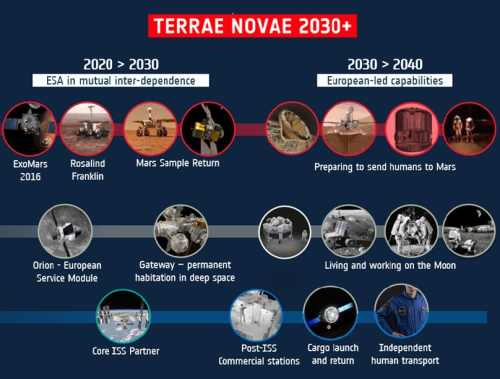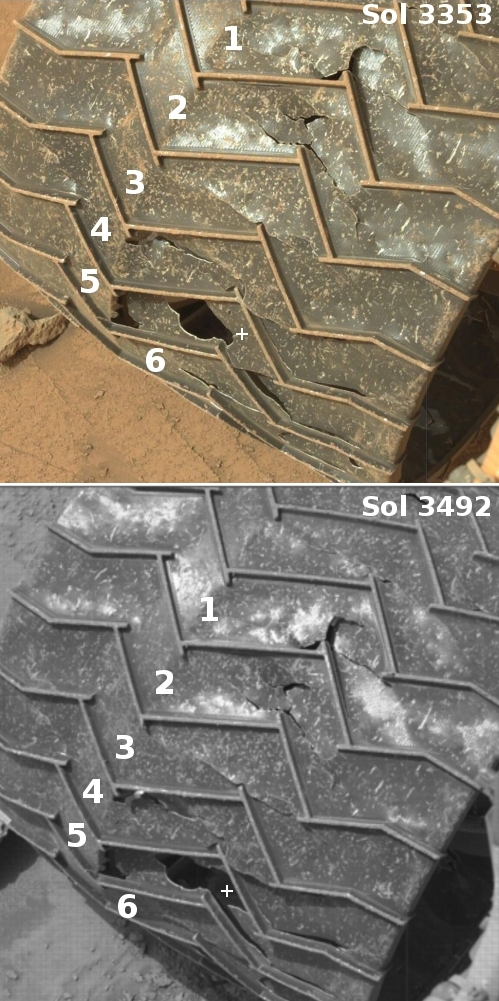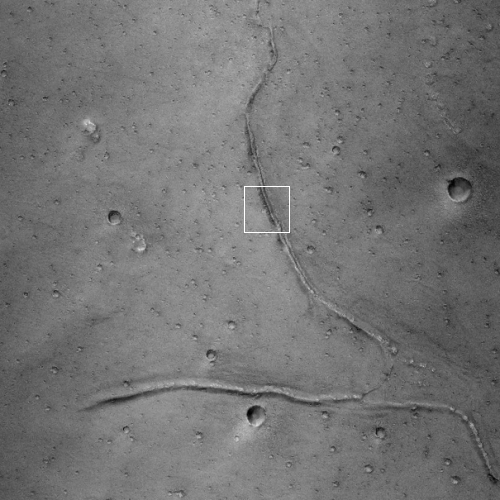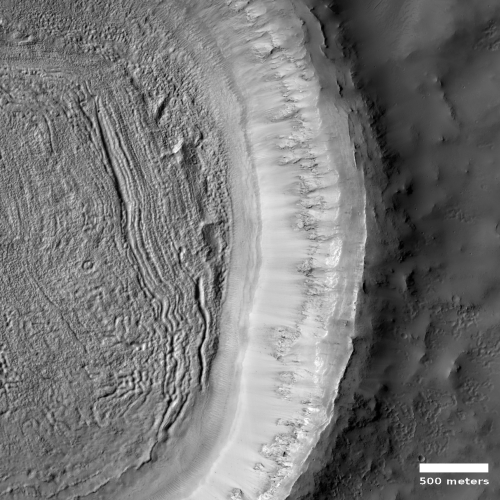Engineers lose contact with CAPSTONE on its way to Moon
Shortly after the spacecraft was successfully deployed from its Proton upper stage on yesterday, engineers lost contact with the spacecraft as it headed towards the Moon.
“The spacecraft team currently is working to understand the cause and re-establish contact. The team has good trajectory data for the spacecraft based on the first full and second partial ground station pass with the Deep Space Network,” NASA spokesperson Sarah Frazier wrote in an emailed statement today (July 5).
“If needed, the mission has enough fuel to delay the initial post-separation trajectory correction maneuver for several days,” Frazier added. “Additional updates will be provided as soon as possible.”
The spacecraft will not arrive in lunar orbit until November, but along the way it needs to do a number of course corrections. Thus, there is some time pressure to reestablishing communications. That task now falls with the private company Advanced Space, which won a contract to operate the spacecraft for NASA.
UPDATE: More details are provided by the operators of the spacecraft, Advanced Space press, here. Though they canceled a course correction burn today, they apparently have plenty of time to do it, since the probe is already on a course to reach lunar orbit. The burn was simply intended to increase the accuracy of the trajectory.
Shortly after the spacecraft was successfully deployed from its Proton upper stage on yesterday, engineers lost contact with the spacecraft as it headed towards the Moon.
“The spacecraft team currently is working to understand the cause and re-establish contact. The team has good trajectory data for the spacecraft based on the first full and second partial ground station pass with the Deep Space Network,” NASA spokesperson Sarah Frazier wrote in an emailed statement today (July 5).
“If needed, the mission has enough fuel to delay the initial post-separation trajectory correction maneuver for several days,” Frazier added. “Additional updates will be provided as soon as possible.”
The spacecraft will not arrive in lunar orbit until November, but along the way it needs to do a number of course corrections. Thus, there is some time pressure to reestablishing communications. That task now falls with the private company Advanced Space, which won a contract to operate the spacecraft for NASA.
UPDATE: More details are provided by the operators of the spacecraft, Advanced Space press, here. Though they canceled a course correction burn today, they apparently have plenty of time to do it, since the probe is already on a course to reach lunar orbit. The burn was simply intended to increase the accuracy of the trajectory.








